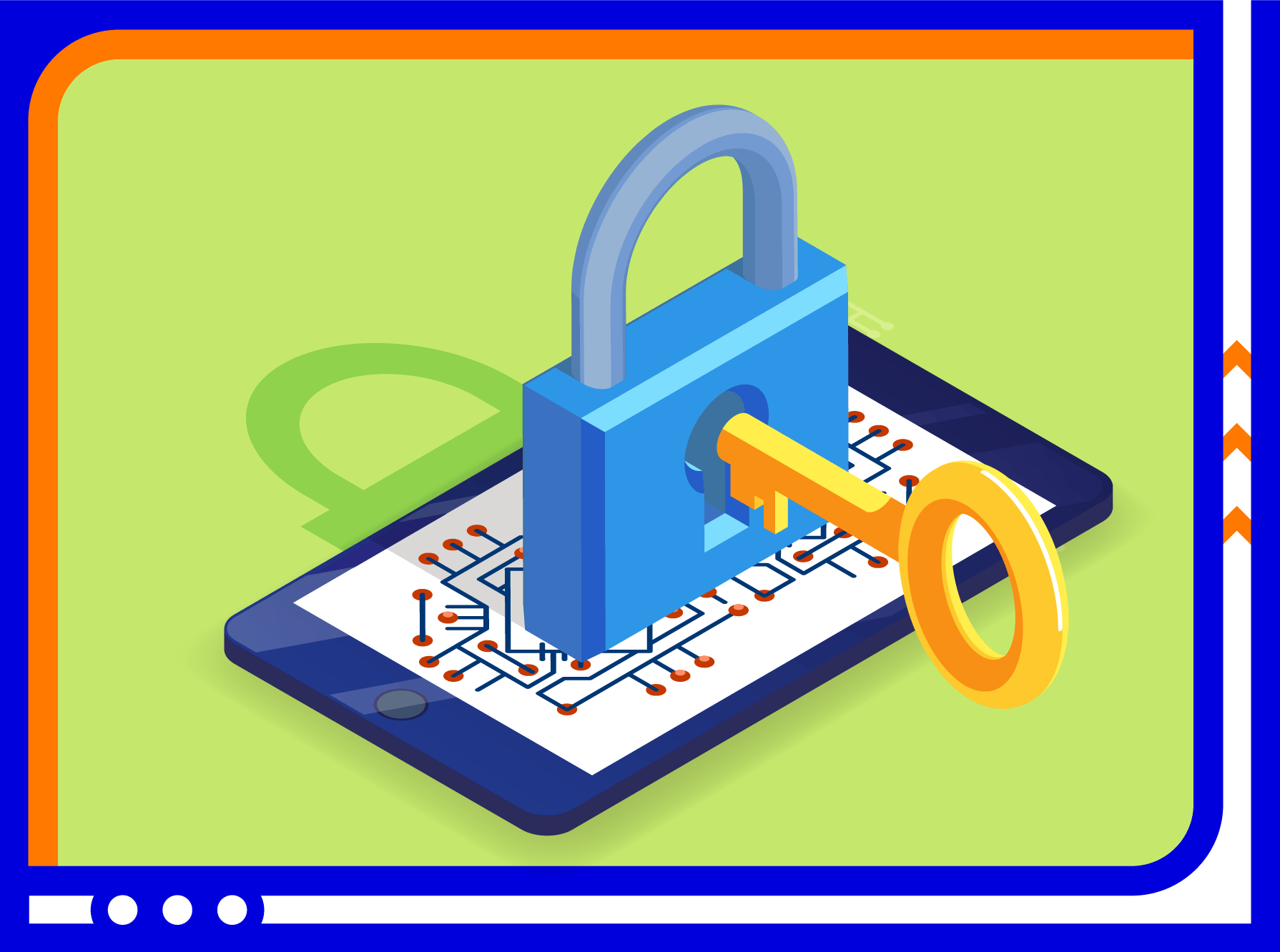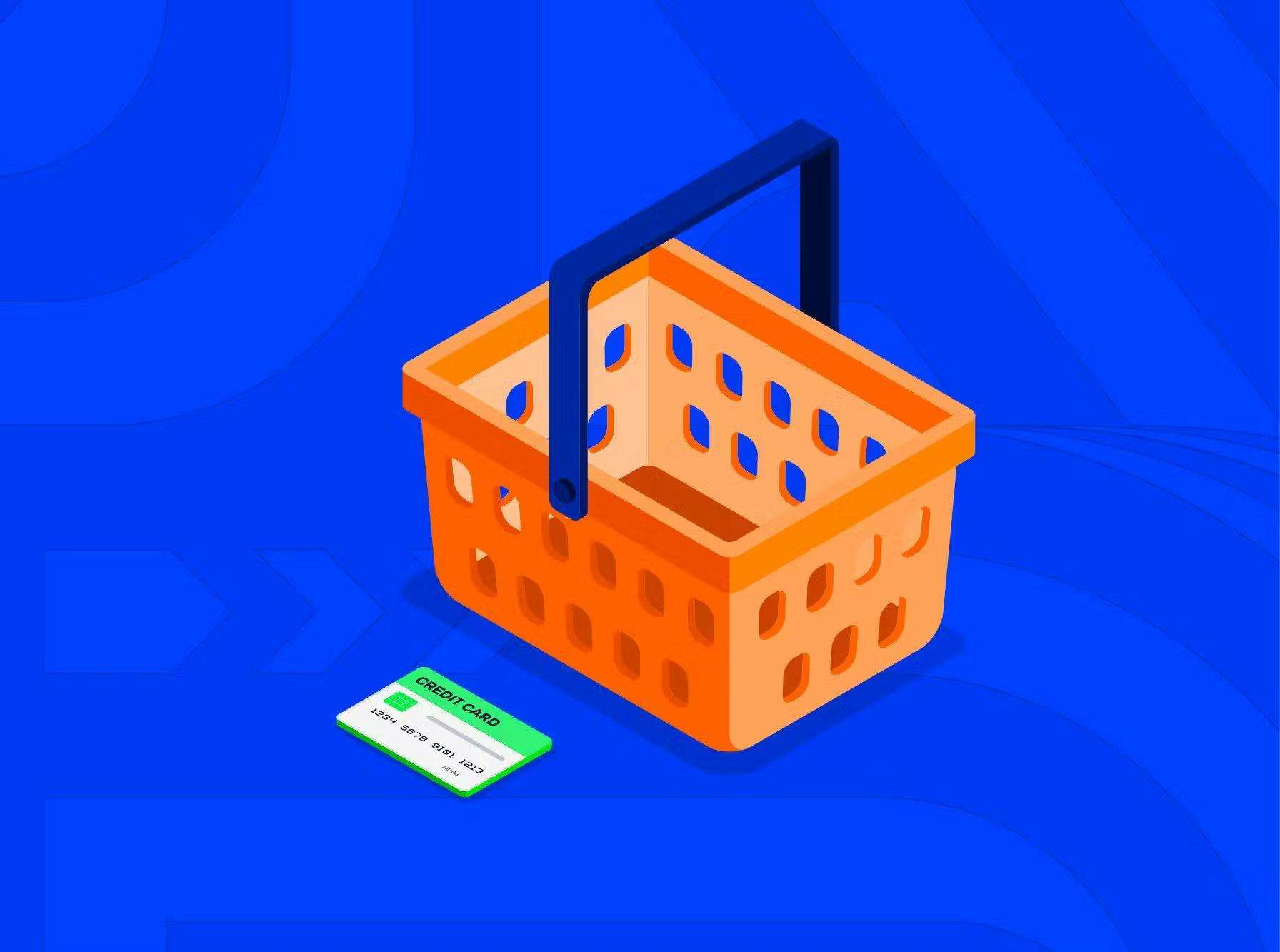Even though “Tokenization” word sounds like a rocket science term, the concept of it isn’t hard. When a buyer enters their card number, CVC-code, address and other private details on the website, they potentially lay open to black hats. If the data is somehow stolen, the consequences may be devastating (money loss is the most obvious one).
Just for the record: the quantity of fraudulent attacks isn’t about to fade away in the foreseeable future. As a matter of fact, roughly $25 billion was gone for a burton in 2018, and the amount of lost funds is only climbing these days.
Merchants are in charge of storing their clients’ details for recurring billing and one-click shopping. To make things right and nip all the possible scams in the bud, e-store owners exploit tokens. What is tokenization? That is our next stop here.
Bank card tokenization is when user’s billing details are changed into some characters (numbers, letters and symbols), named tokens. The procedure takes place at the checkout stage. Once a series of randomly generated tokens are linked to the primary account information, it can be safely processed for the current transaction and the following ones. The purpose of that process is to shield confidential data from being deciphered by hackers.
Real-life examples of tokenization use

- Subscriptions Such services as Netflix, Apple Music, audiobook apps, photo editing servers and many other platforms require repeated pays. If a customer needs to be charged automatically, tokenization gets in the game.
- Web hosting companies Should you want your business to be present on the Internet, you turn to organizations that can post your site. They aren’t free, so you will pay for the server monthly or yearly (it depends on the arrangements you’ll make).
- Apple Pay or Google Pay apps Every time a user saves their billing data on the device, all details are codified for future operations. Thus, people can pay with their smartphones with zero risks. However, a safe password is a must-have.
The beauty of tokenization is that it lets customers be on the side of caution with no efforts on their part. All the harsh work is done by a card processingsystem or a tokenization service provider. As a result, sellers also don’t have to spread themselves thin by trying to keep data out of danger. They don’t even have any information but a list of numbers that were previously encoded.
How does encryption differ from tokenization
When restricted information is coded by the formula, this cryptographic process is called encryption. Sounds like tokenization? Yes, but encrypted data can be deciphered any time should you know the algorithm exploited. To put it bluntly, it isn’t that good to ward hackers off, and this tool doesn’t guarantee the ultimate data safety when tokenization ensures it no matter the breach of information.




 Most Popular Payment Methods in the World: Analysis by Markets
Most Popular Payment Methods in the World: Analysis by Markets How to Increase Conversions in an Online Store with a Checkout Page
How to Increase Conversions in an Online Store with a Checkout Page How Tranzzo Simplified the Payment Process for Tickets.ua
How Tranzzo Simplified the Payment Process for Tickets.ua Integrating Multiple Payment Methods: Challenges and Solutions
Integrating Multiple Payment Methods: Challenges and Solutions Abandoned Shopping Carts: Why Businesses Lose Revenue and How to Increase the Number of Successful Payments
Abandoned Shopping Carts: Why Businesses Lose Revenue and How to Increase the Number of Successful Payments

